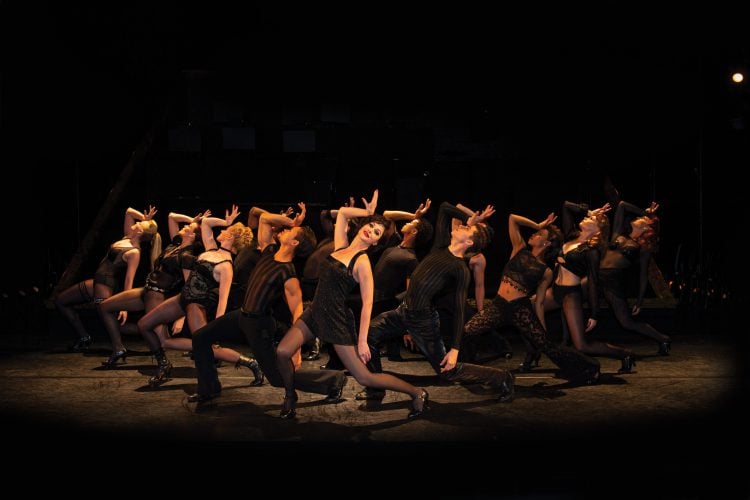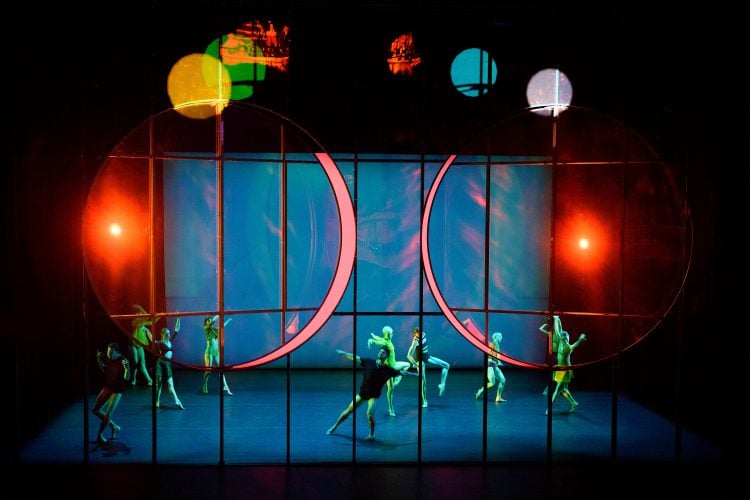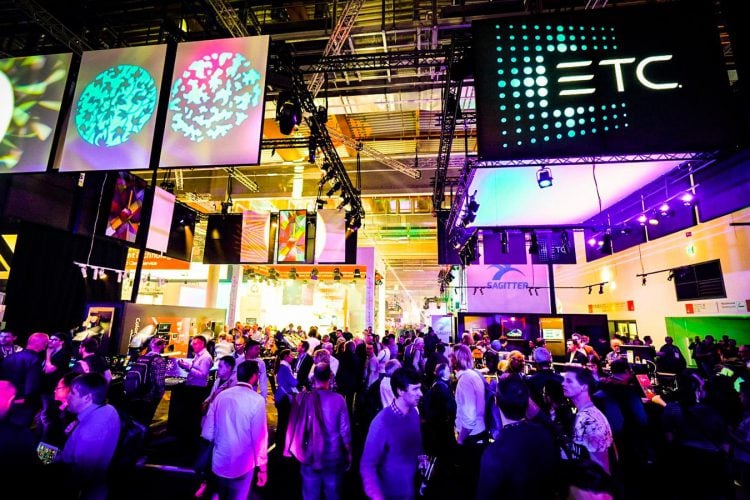Winner of six Tonys, two Oliviers, one Grammy, two Baftas and six Academy Awards, Chicago is the longest-running musical revival in Broadway history and ETC was selected to light the show for its International Tour 2018-2019.
ETECH spoke to head of lighting department, Glenn Duncan to find out more of the technology he used to bring this all-South African production to the international stage.
The world famous Chicago musical has landed in Montecasino Teatro, South Africa after performing in New Zealand and China to critical acclaim. Programmed and run on ETC’s Eos family of consoles, the Johannesburg run has used the Ion XE 20 – provided by South African distributor ApexPro to Splitbeam, the Technical supplier for the South African season.
Mathew Lewis of ApexPro said, “We are always happy to assist where needed with service, as support is a major priority for us at ApexPro.”
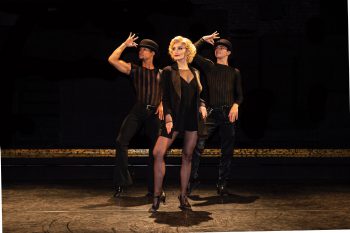
The control side is not the only part that features ETC products: the production is beautifully lit using a combination of standard Source Four Tungsten profiles along with the acclaimed Source Four LED Series 2 Lustrs, which create stunning scenes. “With such a high standard of LED technology available, it is no wonder that productions all over the world include ETC fixtures as their go-to choice.”
Head of the lighting department for Chicago’s International Tour 2018-2019, Glenn Duncan, discusses more about his experience with the technology used to bring this colorful production to the stage.
“Having the bigger programming surfaces and more displays on the flagship consoles is great for programming, while the smaller, compact desks make life much easier on the road. Seamless networking also allows us to program and update from whichever console happens to be nearest to the action, and gives us a backup system which can be relied on.”
According to Duncan, using ETC’s Eos family for a touring production is useful as you can program on one of the larger consoles and then run the show on a more compact member of the Eos family. “The ETC Eos family is just that – a family,” says Duncan. “It’s a big plus that our show will run on any of the consoles in the family without modification. At various points on tour, we’ve used an Eos, two Gios, three Ions and an Ion XE, and the showfile has always been perfectly portable between the desks.”
Duncan previously worked on the original production, which used scrollers. ETECH asked him how using the ETC Lustrs changed the show for him – do they measure up in the typical tungsten environment of theatre?
“A great deal of very precise and detailed work was done by Ken Billington and Associates to match the colors and outputs to the original design – and the fact that the Lustr units have been able to fully replace the scroller versions is a testament to the quality of their output,” comments Duncan.
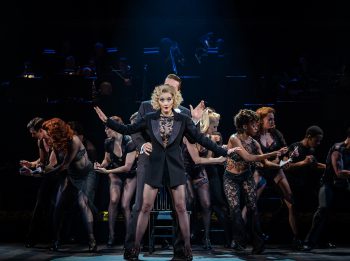
He goes on to explain: “The switch to LED has made for a rig that is easier to tour and more robust on the long, bumpy journeys between cities in China. Recently, I heard a comment regarding one scene, saying how good the all-tungsten picture looked. I later realized that there were actually a few Source Four Lustr units in that picture, too, and one simply could not tell the difference.” He adds that “on a show like Chicago, where the lighting is all about precision, achieving those matches [must have been time-consuming], but I’m certainly impressed with the results.”
Glenn has worked with gear from a variety of hire companies on tour but maintained consistency with his use of ETC gear. “We’ve worked with three different suppliers so far on tour, and the ETC equipment has always been reliable and consistent. I think it helps that the ETC gear is clearly named and you always know what you’re getting after presenting a spec. Rather than a plethora of similar-but-not-identical models, it’s good to know that a Source Four is a Source Four, a given lens will always give you the same optics, and a Lustr will always do what it says on the tin. The RDM features of the LED units are helpful too – if there is a discrepancy in dimmer curve, mode, color mix or DMX response on the supplied gear, we don’t have to climb ladders to put it right.”
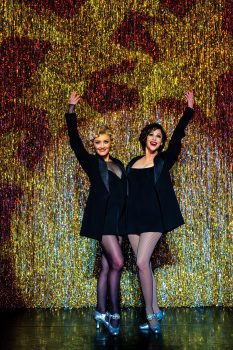
“We’ve had very little reason to contact support or ask for help on this tour, which in itself has been a pleasure. The equipment simply gets on with the job – we can all take a lesson from it! In the past, however, I’ve always been able to get the help I need from ETC, from the silliest questions to the deepest code-level nitpicking.”
Lastly, ETECH asked Glenn why, as a touring lighting HOD, he would choose ETC products for a show. “A busy tour can be hard work for crew and equipment alike. The ETC equipment is robust and consistent, easy to work with and always leaves us with a great-looking final product. If I sign up for a tour and see that the rig is ETC-based, I know that the gear will perform. It saves a whole lot of worry and fault-finding when you know the equipment will deliver.”
In Duncan’s words, ‘Chicago the Musical’ continues to deliver, night after night – and city after city. It continues to be one of the most successful international musical hits of all time and thanks to the hard work behind the scenes, the audience can sit back knowing that the lighting experience will be as stunning as the show’s signature piano riffs.


